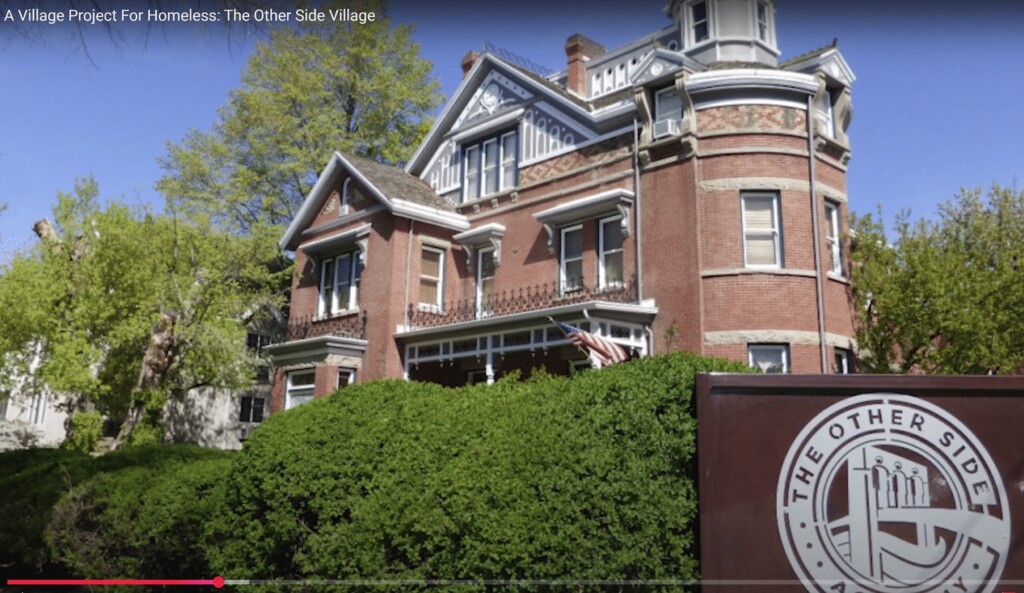
Most people would like to bring their dogs to work. For Sgt. Chad Reyes and the officers in Salt Lake County’s Unified Police Department K9 unit, their dogs are their work.
The department has had a K9 unit since the early 60s. But times have changed. “In the 60s and 70s the dogs were like having an alligator on a leash. They were another force option like the guns the officers carried. Today’s dogs are 90 percent nose and 10 percent teeth,” Sgt. Reyes says.
Currently UPD has six full-time dogs working with human partners. Five of the dogs are multipurpose dogs, and there is one bloodhound. The dogs perform several services for the department. They routinely go on searches and patrols. They can track criminals, missing children and people with diminished mental capacities who have wandered off. The dogs also assist in apprehension work. If a suspect has barricaded themselves in, the dogs can be sent to persuade them out.
But that is not all they do. The dogs are trained to sniff out narcotics and evidence such as a dropped weapon. Finally, the dogs are trained to protect their partners.
Police dogs can be expensive. The department works with The Friends for Unified Police K9 to pay for things such as new dogs, vet bills for retired dogs and bullet-proof dog vests.
Dogs are chosen for the department when they are no younger than 18-months-old. It is hard to judge a dog’s drive before that age and a dog’s drive is what foretells a good police dog. Each dog goes through a two to three day selection test. Only dogs that pass the evaluation are purchased.
Four instinctual drives are important to police work: prey, defense, sociability and hunt. Trainers are looking for balanced dogs that have all four characteristics and are not too heavy in a single area. For example, Sgt. Reyes says “A dog with only a really strong prey drive will chase a rabbit forever, but if the rabbit turns around and says ‘Boo’ then the dog will run the other way.”
Dogs need prey and defensive drives for apprehension and protection work, and hunt and sociability for searching and being around people. The dogs live at home with their partners. Sgt. Reyes’ dog, Dingo, is a Belgian Malinois. He will turn four in November and originally came from Mexico. They have been partners for two years.
Dingo has apprehended several criminals and sniffed out narcotics. He gets along great with kids and other dogs. Reyes says he spends more time with his dog, seeing him at home and going to work with him, than he does his family.
The bloodhound in the department is called a single-purpose dog. His job is to find human beings. Most dogs track by air scent and so have to be in certain radius of proximity to find a person. Bloodhounds can track by ground scent. If a human walks across a surface they deposit small molecules of scent. Bloodhounds can detect that signature and create a “scent picture” of an individual and then track the quarry for miles.
UPD recently won the statewide K9 Trials, taking first place for the third year in a row. Reyes credits that in part to belonging to one of only two dedicated K9 units in the state, the other being the Salt Lake City K9 unit. As a dedicated unit, they only work K9 cases and aren’t called to investigate crimes such as fraud and stolen bikes. So when they’re not working on a case, they spend the time training.
Training, searching, apprehending, and protecting are all in a day’s work for UPD’s four- legged officers.
Story by Connie Lewis






